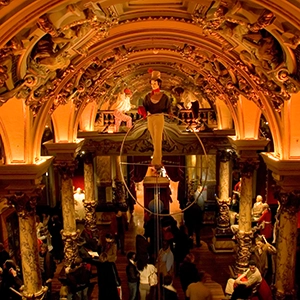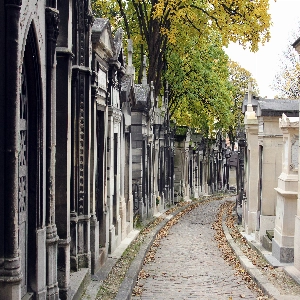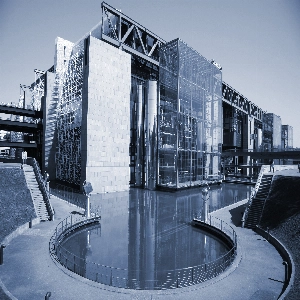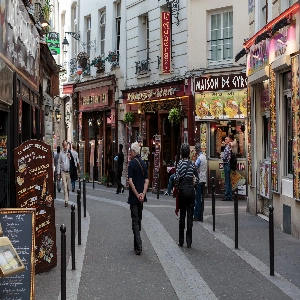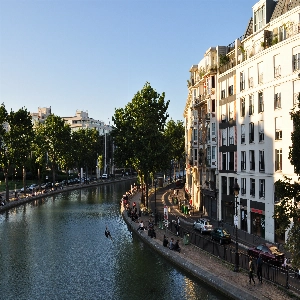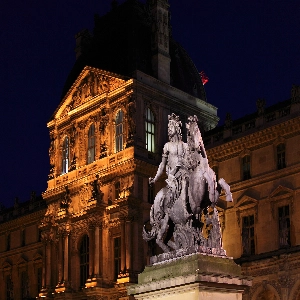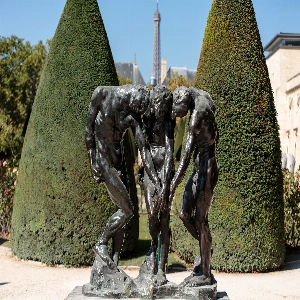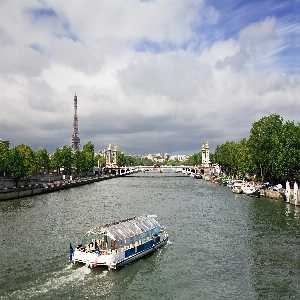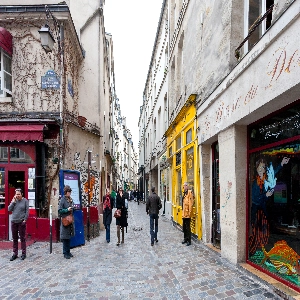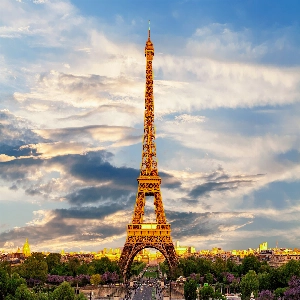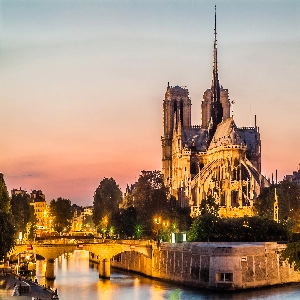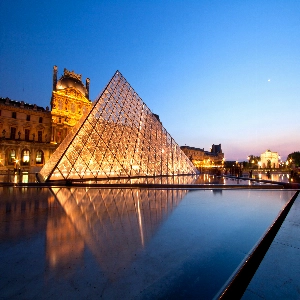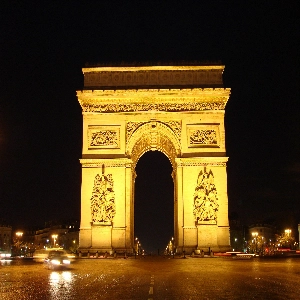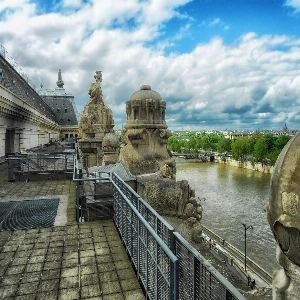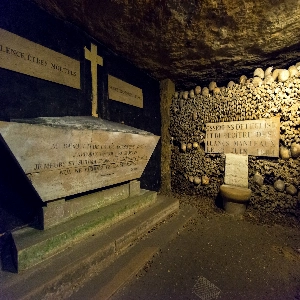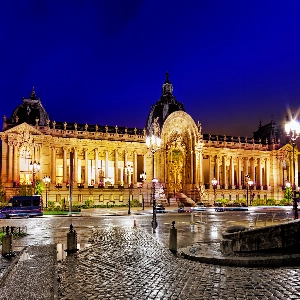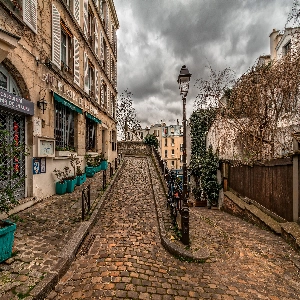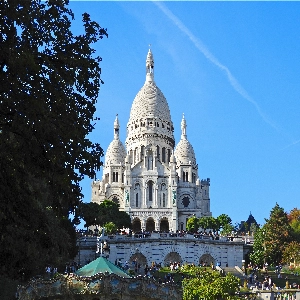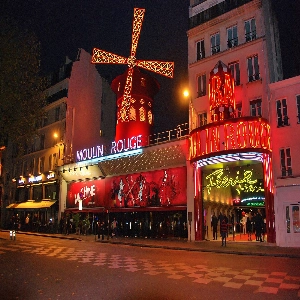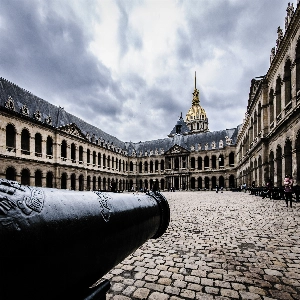Discover The Place De La Concorde: The Heart Of Paris

Located in the heart of the most beautiful city in the world, Paris, the Place de la Concorde is steeped in history and architectural beauty. The square has witnessed some of the most significant high and low points in French history, and today, serves as a reminder of the events that led to the establishment of modern France.
This article will take you on a journey through the history, architectural wonders, and breathtaking beauty of the Place de la Concorde. Follow along as we delve into the unique stories and significance of this magnificent square.
The History of Place de la Concorde
The Place de la Concorde has a captivating history that dates back to 1755. King Louis XV commissioned the famed architect Ange-Jacques Gabriel to design the square as a central location in Paris. Initially, the square was named Place Louis XV and was meant to honor the king. The square originally featured a beautiful equestrian statue of King Louis XV.
However, the fate of the square changed drastically during the French Revolution. In 1792, the square was renamed as Place de la Révolution and was transformed into a stage for public executions. The statue of King Louis XV was torn down, and the square became synonymous with the brutal revolution that was unfolding before the eyes of the terrified Parisians. It was at this square that the guillotine was set up, and many notable figures, including King Louis XVI, Queen Marie Antoinette, and Maximilian Robespierre, were executed here.
In a bid to eradicate the square's bloody past, the revolutionary government's successors renamed the square Place de la Concorde in 1795. Symbolically, the new name translated to 'Square of Harmony' and aimed to unify the French people after the revolution's wounds. However, it took over a century for the square to undergo a complete transformation that shed the remnants of its dark history.
Architecture and Design of Place de la Concorde
Today, the Place de la Concorde is a marvel of art and architecture that showcases some of the finest works of some of the most renowned architects, sculptors, and artists of France. The layout of the square is a prime example of the impeccable urban planning and design that Paris is famous for.
The square covers an area of approximately 20 acres and is flanked by the Champs-Élysées on one side and the Tuileries Gardens on the other. The octagonal configuration of the square, bordered by a series of grand structures, adds to the grandeur and magnificence of the site.
The two most prominent features in Place de la Concorde are the Luxor Obelisk and the two grandiose fountains. The Luxor Obelisk is a towering monument that stands at the square's epicenter. It is an ancient Egyptian obelisk, originally one of the twin obelisks that stood at the entrance of the Luxor Temple in Egypt. The obelisk, a gift from modern Egypt, is over 3,300 years old and stands an impressive 23 meters tall. The hieroglyphics on the obelisk detail the reigns of two Egyptian pharaohs, Ramses II and Ramses III.
Flanking the obelisk are the two grand fountains, the 'Fountain of the Rivers' and the 'Fountain of the Seas.' These fountains are remarkable examples of neoclassical-style sculpture, designed by Jacques Ignace Hittorff in the mid-19th century. Influenced by ancient Roman fountains, the fountains represent the rivers and seas of France through intricate and detailed sculptures. The 'Fountain of the Rivers' symbolizes French rivers such as the Rhône and the Rhine, while the 'Fountain of the Seas' represents the Mediterranean Sea, the Atlantic Ocean, and other French water bodies.
Surrounding Buildings and Attractions
The Place de la Concorde is surrounded by a collection of exquisite buildings and structures that further enhance the beauty and significance of the square. One such building is the Hôtel de Crillon, a luxurious and historic hotel that dates back to the 18th century. The hotel was designed by Ange-Jacques Gabriel, the same architect responsible for the square, and has hosted numerous distinguished guests over the years, from celebrities to royalty.
The nearby Tuileries Gardens, commissioned by Queen Catherine de' Medici in the 16th century, is another stunning presence around the square. The gardens feature a series of beautifully landscaped lawns, ponds, and sculptures that add to the charm and allure of the area.
Another iconic landmark situated close to the square is the Église de la Madeleine, a spectacular church built in the neoclassical style. Designed to resemble a Roman temple, the church's façade features a series of Corinthian columns, making it a truly remarkable sight.
The Place de la Concorde has experienced a series of transformations throughout its history, transitioning from a symbol of royalty to a representation of revolutionary strife, and eventually an embodiment of harmony and unity. The square's breathtaking beauty and architectural wonders make it a must-visit attraction for anyone traveling to Paris.
As you stroll through the stunning square, take a moment to soak in its history, art, and design. The Place de la Concorde is an enduring testament to the vibrant and ever-changing story of the city of Paris and its people.

